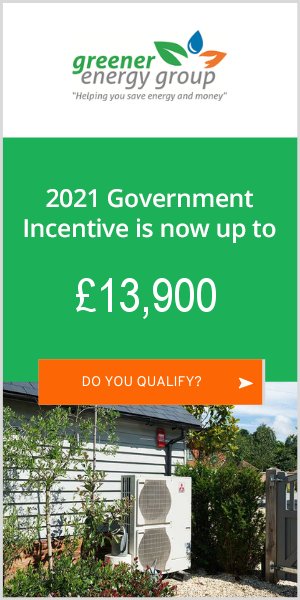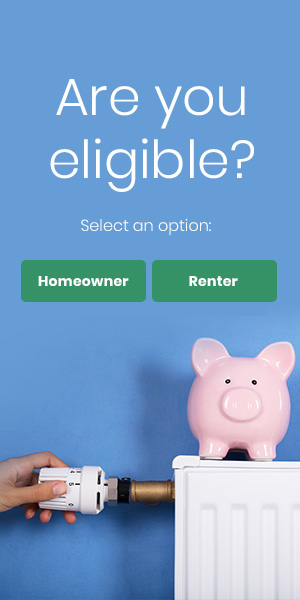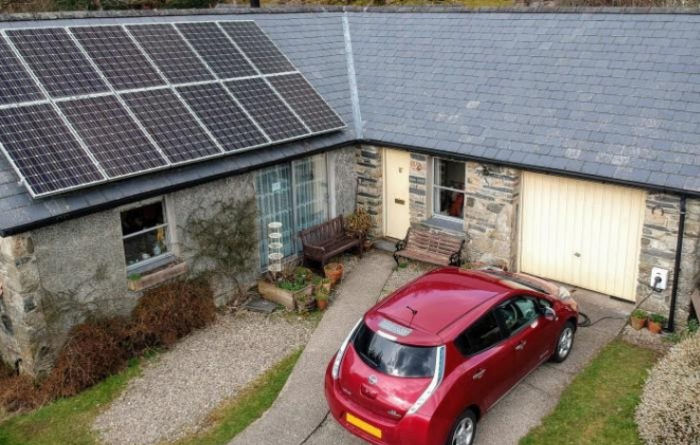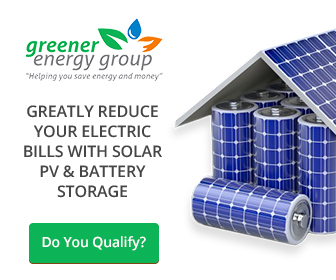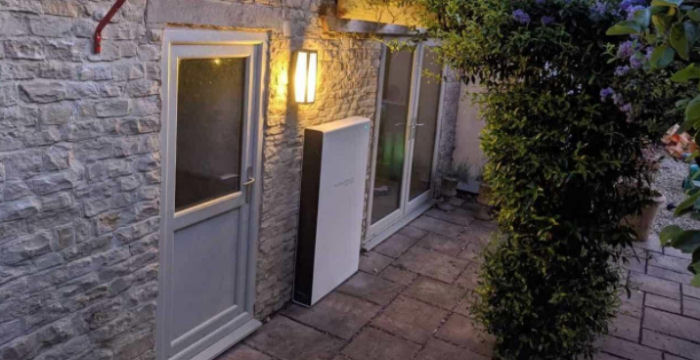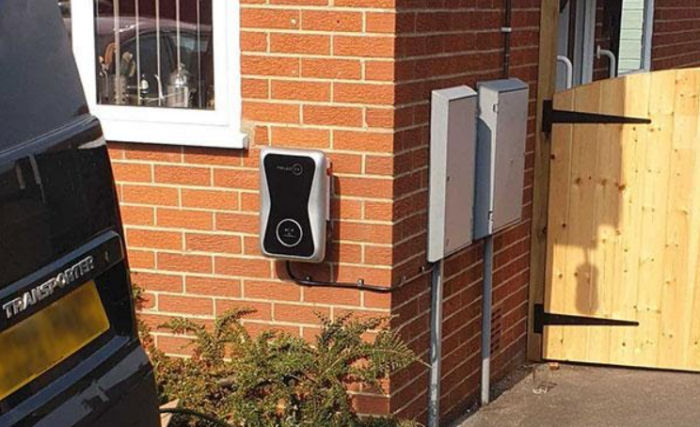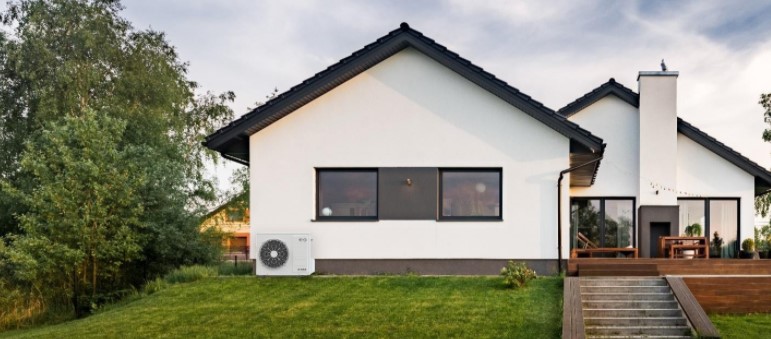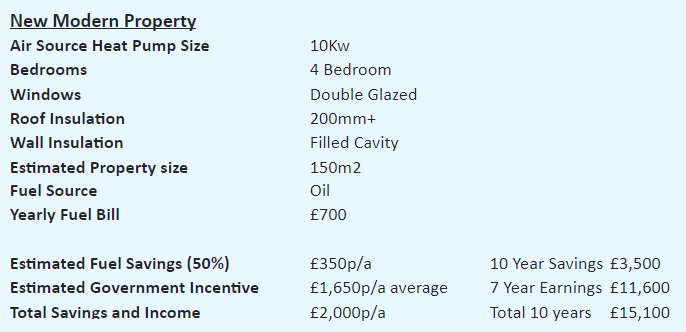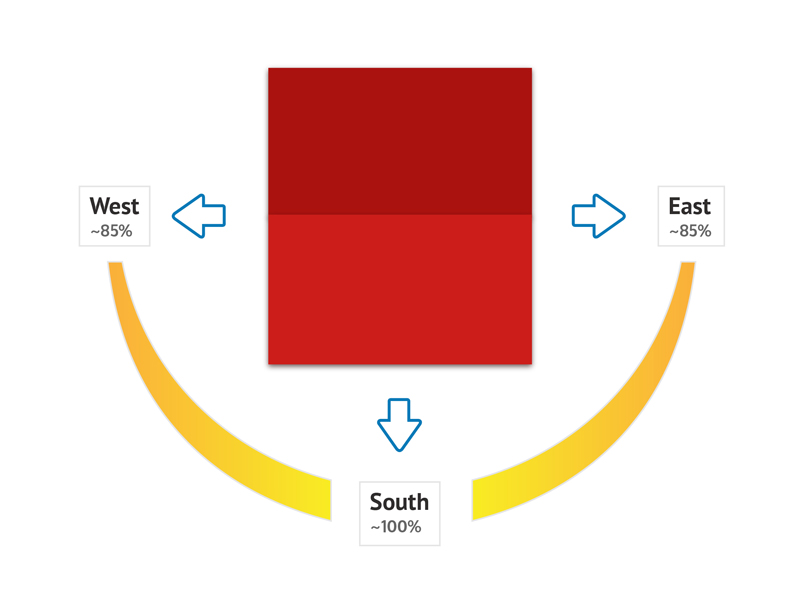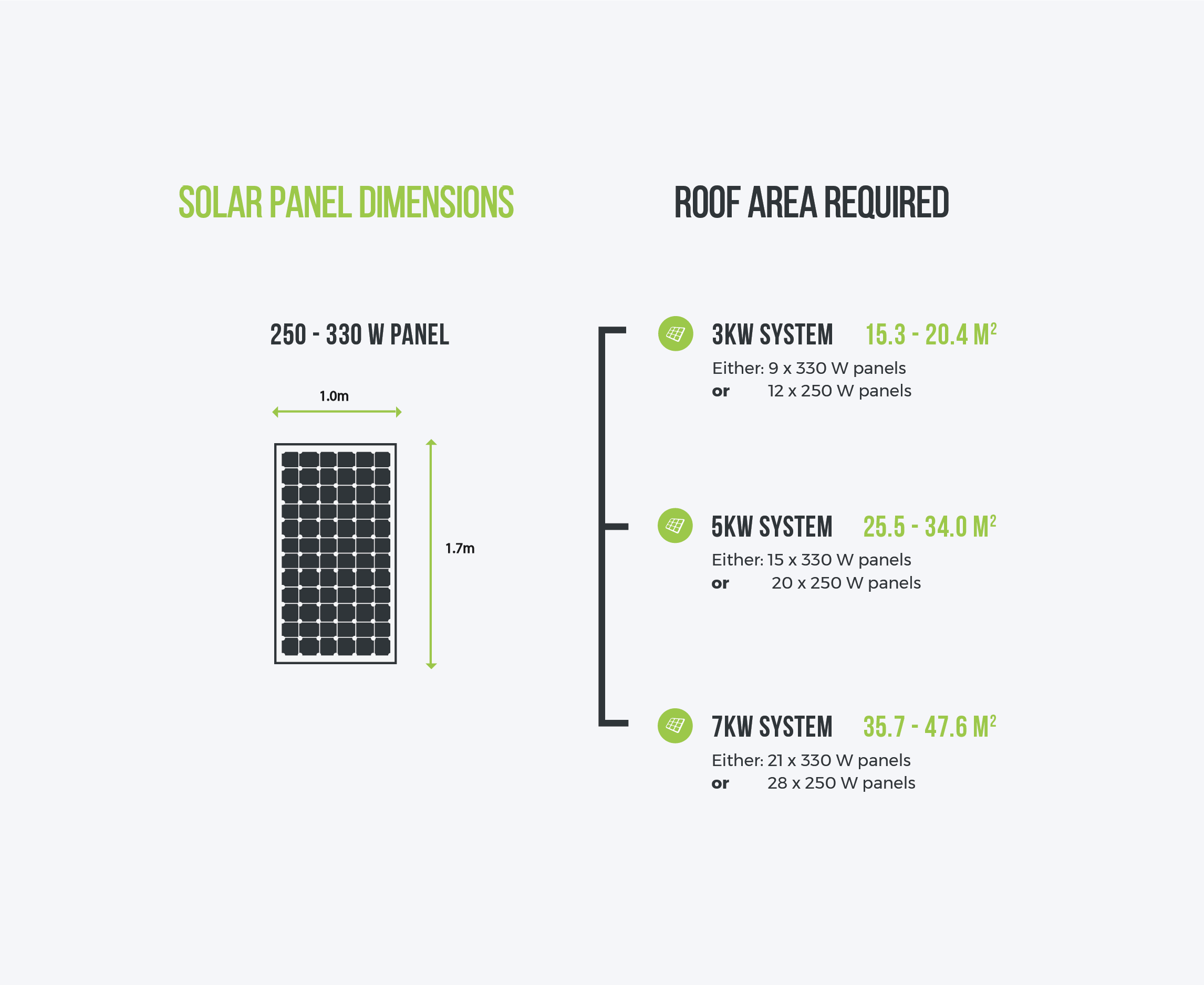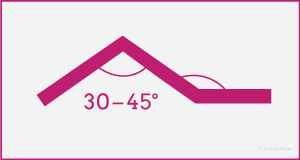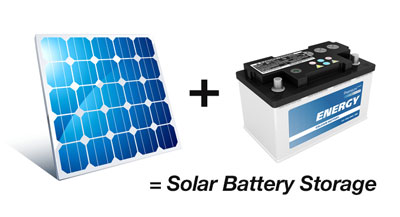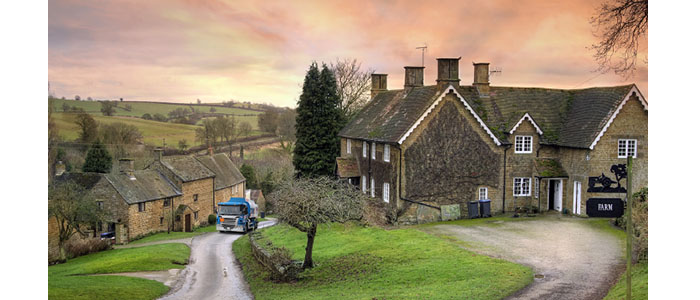
Scotlands Rural Homeowners Rush For New Heating Solution
Do You Qualify For Up To A £13,900 Government Incentive?
Paying over the odds to heat your home in the rural areas of Scotland is becoming a thing of the past. Not being close to a mains gas connection usually forces you to heat your home with more expensive off-grid fuel sources and systems. Finally there is another way.
Old and common solutions vary from domestic heating oil, LPG gas, electric night storage heating, electric wet systems, solid fuels such as wood, coal and peat.
What options do you have to reduce your Oil Spend?
The traditional choice would be to install a new high efficiency oil boiler, reducing your oil usage by up to 25% depending on the age and efficiency of your current system.
This is the simplest option and can generally be completed within a few days.
A more efficient and effective way to reduce rising off-grid fuel costs would be to install a renewable energy heating system.
Renewable energy products such as air source heat pumps are widely used to replace oil-fired boilers, LPG boilers, electric wet systems and storage heating.
With a massive efficiency rating of 350%, the reduction in energy bills can be up to 60%.
Air source heat pumps are also backed by the government renewable heating incentive of up to £13,900, which combined with your energy bill savings, makes this an attractive option.
Is An Air Source Heat Pumps Right For You?
What is a heat pump?
An air source heat pump transfers the warmth from the outside air, to a heating system inside the property.
The heating system works under the principle of vapour compression refrigeration, resembling the way a household fridge works, only in reverse.
Using an air source heat pump as part of a domestic heating solution gives the opportunity to absorb heat from the outside air and transfer it inside into hot water-filled radiators, underfloor heating and a domestic hot water supply.
The good news is this is not means tested, however, there are some criteria set out to qualify for the Government incentive known as the Renewable Heat Incentive (RHI);
- Are you the homeowner?
- Have you claimed before?
- Is the product eligible?
The best thing to do is contact an installer to enquire about the eligibility.
Do You Qualify For A £13,900 Government Incentive?
In terms of fuel savings, figures published by the Energy Saving Trust suggest that, depending on what fuel type the heat pump is replacing, could save you from £300 to £1,090 per year.
In addition to the savings, and if you qualify the “Renewable Heat Incentive” (RHI) would pay you up to £13,900 over the next seven years.



